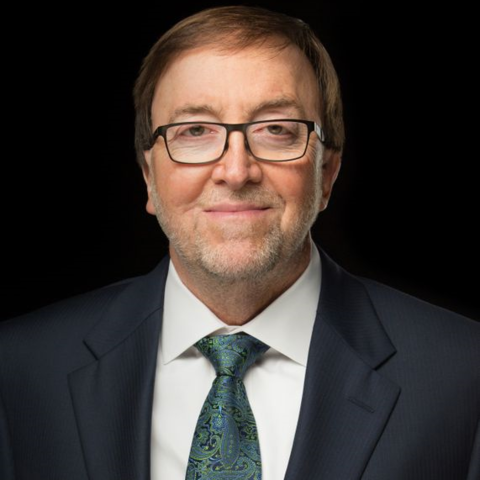CenturyLink said in its semiannual report (PDF) to the FCC that 53% of urban-area customers in the former Qwest territory can get speeds of 40 Mbps or higher. However, the number of customers that can get higher speeds in rural areas is far lower, showing again the divide between these markets.
While the telco has seen some improvement over the past year, only 24.1% of its rural-area Qwest customers can get access to a 40 Mbps connection.
RELATED: CenturyLink broadband availability is uneven, with rural markets suffering, report shows
A key contributing factor to this disparity is the challenge of deploying copper-based broadband. While VDSL2, vectoring and Gfast allow service providers to deploy higher speeds, CenturyLink is stymied by the physical limitations of copper plant that require electronics to be placed closer to each customer. Copper plant reach issues become even more acute in rural areas where there are greater distances from the Central Office and Remote Terminal cabinets that house DSLAM and related electronics to deliver service.
Similar to its semiannual report issued in 2016, CenturyLink continued to see similar variations between rural and nonrural markets for its 12 Mbps and 5 Mbps service. CenturyLink’s 12 Mbps service availability in nonrural markets was 72% but dropped to 49.2% in rural markets. Likewise, the 5 Mbps tier was available to nearly 81% of living units in nonrural Qwest markets, while only 62.6% could get the same service in the rural areas.
Finally, the 1.5 Mbps service fared a bit better with service noted to be available in nearly 96% of nonrural markets and in 84% of rural markets.
Given the challenges of serving rural markets, differences in the availability of copper-based broadband service speeds will continue. But CenturyLink is making progress across all of its markets to make higher speeds available to more customers.
Overall, CenturyLink has continued to expand the availability of 1 Gbps FTTH in select markets and 40 Mbps over its existing copper-based network. As of the end of the second quarter, CenturyLink had 9.4 million addressable locations that could get 40 Mbps or higher speeds and more than 3.8 million addressable locations that could get 100 Mbps. CenturyLink said this represents an increase of 240,000 and 350,000 addressable locations, respectively, during the quarter.
CenturyLink expects to reach 11 million premises at 40 Mbps or higher by year-end 2017. Leveraging a mix of VDSL2, bonding and vectoring, the service provider set an ambitious goal to reach 10.5 million, or over 85%, of addressable broadband-enabled units at 40 Mbps or higher speeds in its top 25 markets by the end of 2018.

Being able to increase speeds is important for CenturyLink, particularly as it has seen ongoing broadband losses across all of its markets, which continued into the second quarter. Glen Post, CEO of CenturyLink, told investors during its second-quarter call that the losses were “driven to a great degree from stronger cable competition, particularly 1 gig offerings in some of our key markets, coupled with aggressive pricing.”
During the second quarter, CenturyLink lost 65,000 subscribers, a factor it attributed to cable operators aggressively rolling out 1 Gbps and higher speeds over their existing HFC infrastructure.
